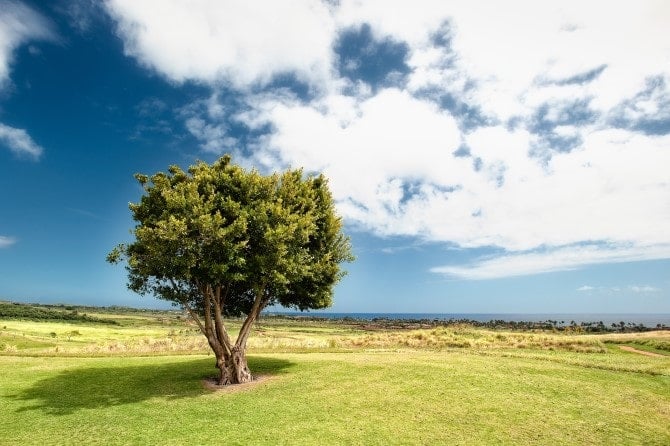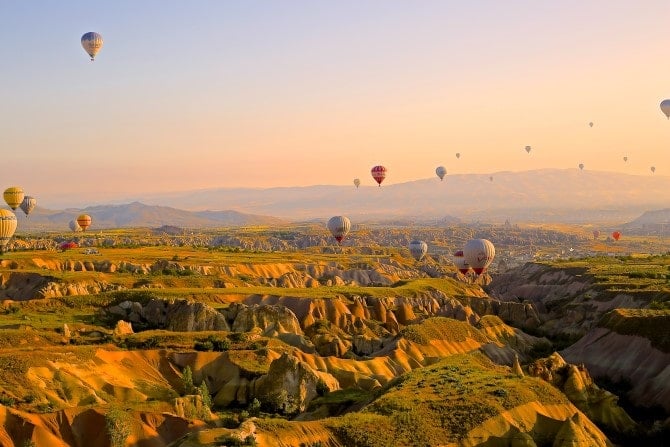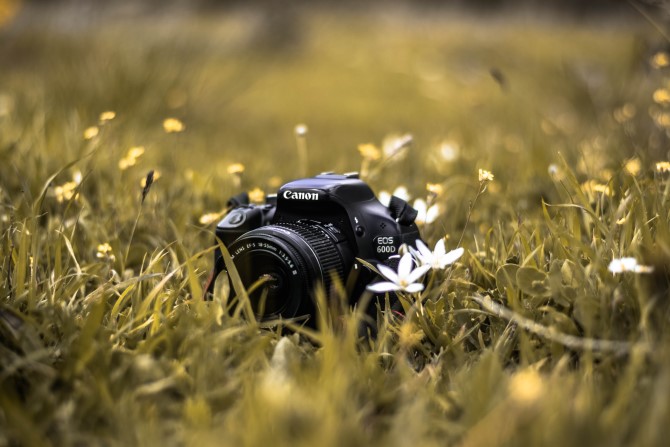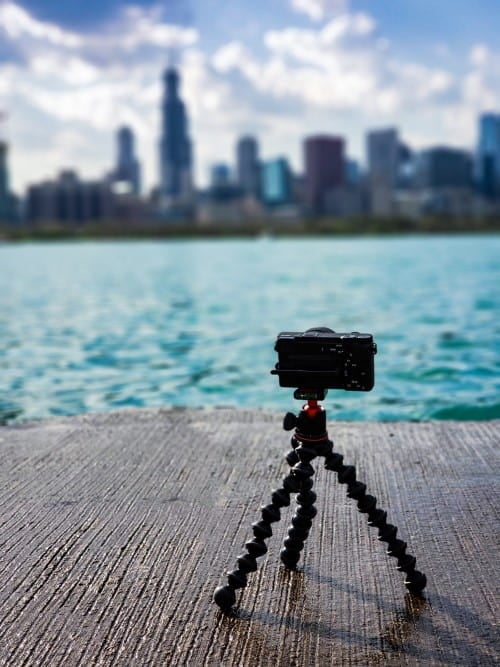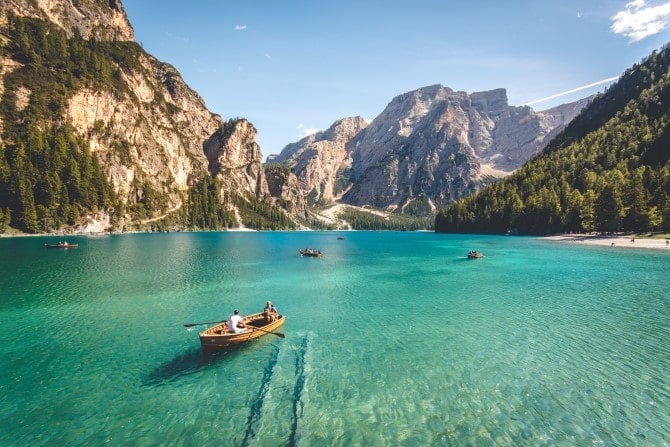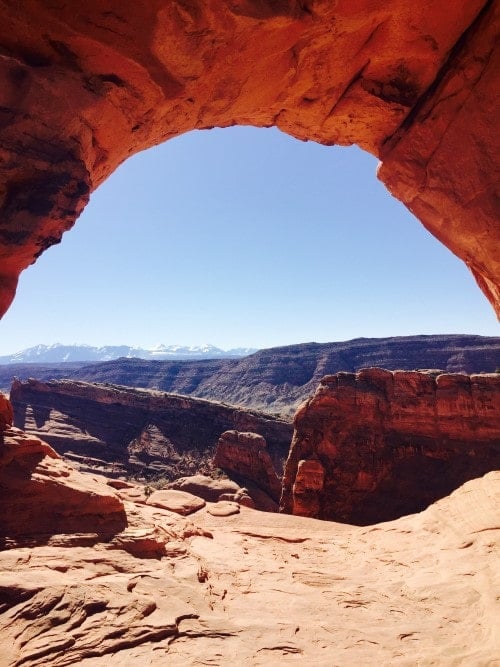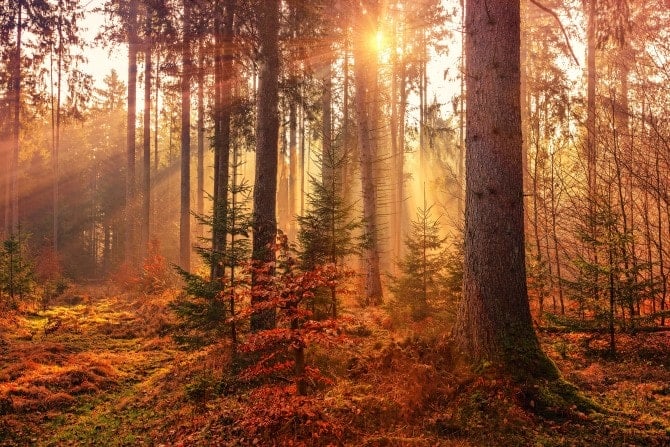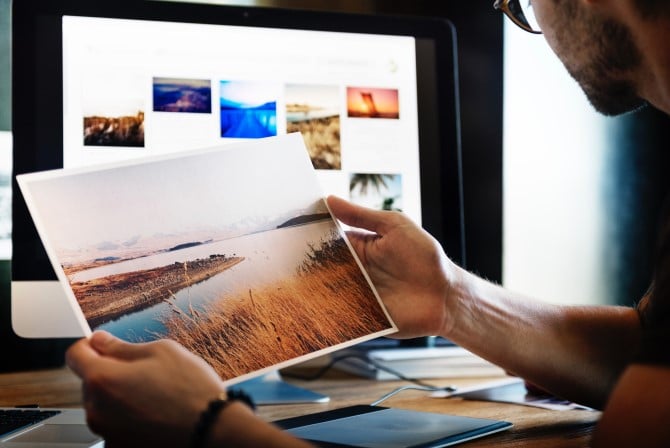Landscape photography can produce some of the most stunning nature photos you’ll ever take. But taking those once-in-a-lifetime shots can be challenging. Some photographers will wait all day for just the right lighting to capture that perfect photograph. But to make the most out of landscape photography, you need to know your way around a camera and understand the basic elements that make up a striking photograph.
There are endless opinions about what landscape photography includes, but, for most of us, landscape photography is defined as nature photos made up of the outdoors, and the world around us.
It may take years for you to fully master the art of landscape photography and to learn how to make the most of situations with difficult lighting or particularly tricky angles. But even beginners can excel with a keen eye, and by learning some of the basic rules of composition and lighting.
In this article, we’ll cover exactly how you can start producing epic landscape photography shots, and give you some simple tips that will help you launch your skills in landscape photography, even as a beginner.
What makes good landscape photography?
To understand how to take good nature photos, firstly let’s think about the factors which make up a good photograph. A large part of getting great landscape photography shots lies in picking a good location.
The best shots often make use of interesting angles, instead of using the same angle that hundreds of other people have used before. Add to this perfect timing, and a strong understanding of light, composition and technical details, and you have all the right elements to make a great photograph.
But you also want to take your nature photos from a unique point of view. Can you capture something meaningful, which makes your audience feel something? Do your photos tell a story? These are all important factors to consider before you start snapping away.
Getting started
First, you’ll need the right tools for the job. It’s true that with landscape photography, equipment is important, but as a beginner, with the right skills, you can still utilise more affordable equipment to your advantage.
Ideally, you’ll have a DLSR or mirrorless camera, as you want your camera to capture as much detail as possible, but even using a point-and-shoot camera with the right settings can work just fine when you’re starting out. Choosing the right camera and lens can be difficult, and more expensive doesn’t necessarily equal better shots.
DLSR cameras are probably the most popular choice when it comes to landscape photography, due to their ability to shoot in RAW, the variety of shooting modes available, and their compatibility with a number of lenses, but mirrorless cameras are also popular, as they are usually more lightweight which helps when you’re travelling to get that perfect shot. Along with your camera, a great lens is a must, and many avid photographers will end up spending just as much as (if not more) on their lens as they did on their camera. Many landscape photographers use wide angle lenses as this allows them a greater depth of field.
A tripod is also a must if you really want to get serious about landscape photography. You can buy good tripods at a low cost, however, keep in mind that cheaper versions may not be able to hold steady in strong wind conditions, which will create shaking that will ruin your nature photos with an ugly blur. Not ideal. A tripod is crucial if you’re taking photos with long exposures; for instance, when light is low, or when you’d like to show a sense of movement in your shot.
Your tripod needs to be solid, and stable enough not to move in high winds. But then again, if you’re doing a lot of travelling, you don’t want it to be too heavy, or you won’t be able to be as mobile as you may have liked. Check the load capacity on your tripod to ensure it will hold the weight of your camera and lens steadily before buying.
Camera settings
Shooting in RAW means your image file size will be about five times that of a JPG image. But it also means that your image will have that much more detail, meaning you’ll have more options when it comes to editing.
To view and edit your RAW images you’ll need to use specialised programs light Lightroom or Photoshop, but it’s well worth it to get those special shots and have more flexibility when editing. Landscape photography is all about detail; the light playing across the side of a valley, a mountain reflected in the sharp details found in a lake. You don’t want to miss these details if you want to get serious about landscape photography.
Composition
The composition in landscape photography is more important than most other kinds of photography. But it should be easier to naill, as your subject is almost always completely still, so you can take your time to get the perfect composition.
Use the rule of thirds and try not to make your shots symmetrical. For example, don’t shoot with the horizon right in the centre of the shot. The exception to this rule is when you’re deliberately trying to create a symmetrical shot for effect, for example, when you want an exact mirror image of a mountain reflected in a lake.
If you recognize that one element of the shot is more interesting than the rest, for example, waves in the foreground, fill your shot with that element, rather than feeling like you need to shoot exactly what you see in front of you.
After a bit of practice, the correct composition will become second nature to you, and you won’t need to make such a conscious effort to consider it in your shots.
Location, location, location
This is so important, particularly when you want to take unique shots that no one else has. It might be easy to find photography shot lists or simply copy locations from other photographers when visiting a new city, but to get a unique shot, you’ll need to find locations that lie off the beaten track.
Apart from location, you’ll also want to consider interesting and unique angles. Try photographing your subject from high up, out of windows, and between fences, and experiment with low and high angles rather than always shooting straight-on.
Lighting
Landscape photography relies heavily on getting your lighting right. With some practice, you’ll learn how to use light to your advantage in almost any situation. An easy tip is to change the direction of light by moving around and getting into new positions. Obviously, this isn’t always going to work, but shooting in the “golden hours” – the hour just before sunset and just after sunrise – tends to create beautiful landscape shots full of the best light.
Try to start observing light at different times of the day, and consider the way it affects objects. Consider what looks good and what doesn’t, even when you don’t have your camera with you.
Landscape photography tips
- Use dramatic weather to your advantage. This can help you create unique shots that no one else has. Stormy weather and lightning can create vivid, moody landscapes. You’ll just need to create shots with long exposures in order to capture these dark shots
- Bring a lens hood to counteract lens flare. Lens flare can ruin an otherwise striking image. If you’re serious about landscape photography, don’t leave home without it, especially if you’ll be shooting all day.
- Layer another focal point in the foreground, like a flower, or pebbles in a stream. This will add another dimension and depth to your image
- Think about how you can add design elements like shapes, lines, and textures into your image to create intrigue or add a sense of direction. Use leading lines to tell a story
- Preparation is key in landscape photography, as you’ll often have to get out in nature to get the right shot. Do you have the right amount of batteries, memory cards and adequate supplies like food and water? Are you wearing comfortable, weather-proof gear?
- Research your location well before you set out. You could start with Instagram and Pinterest, and read photography forums to find new locations and vantage points
- Use shadows to add depth and mystery to your images. Shadows can be utilised to add impact by accentuating the shape of an object. Sidelight can be used in interesting ways to make a round object appear rounder or fuller
Editing your landscape photography
With landscape photography, the editing process can be just as important as composing the shot itself.
After shooting in RAW, you’ll have much more room to play around with the editing settings, as you have the highest possible amount of data. You’ll need to use Lightroom, Photoshop or other RAW-compatible software to edit your photo.
Lightroom is the program of choice for many photographers and for a beginner, it is very user-friendly and intuitive. Just a little editing can go a long way and, using your preferred software, you can the change contrast, white balance, sharpening, noise reduction and cropping of an image to get the best out of your landscape photography.
Once you’ve got your amazing landscape photographs, you’ll need somewhere to hang them. Canvas Factory provides high-quality canvas, acrylic, and HD metal prints for your stunning photographs, ready to hang on your walls. Check out our range of options today by clicking here.
If you’re still not the expert photographer you had hoped to be, or simply want some inspiration, we also have a range of stunning landscape photography shots ready to print on to canvas here.


